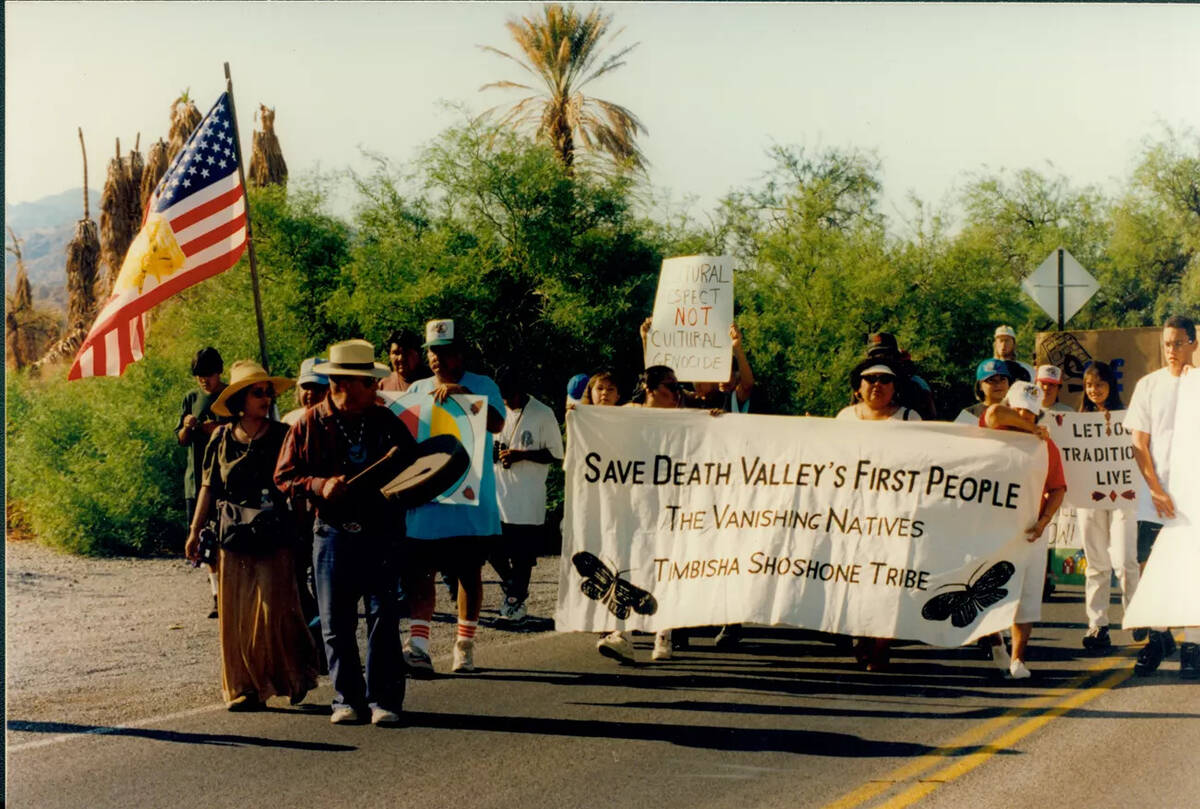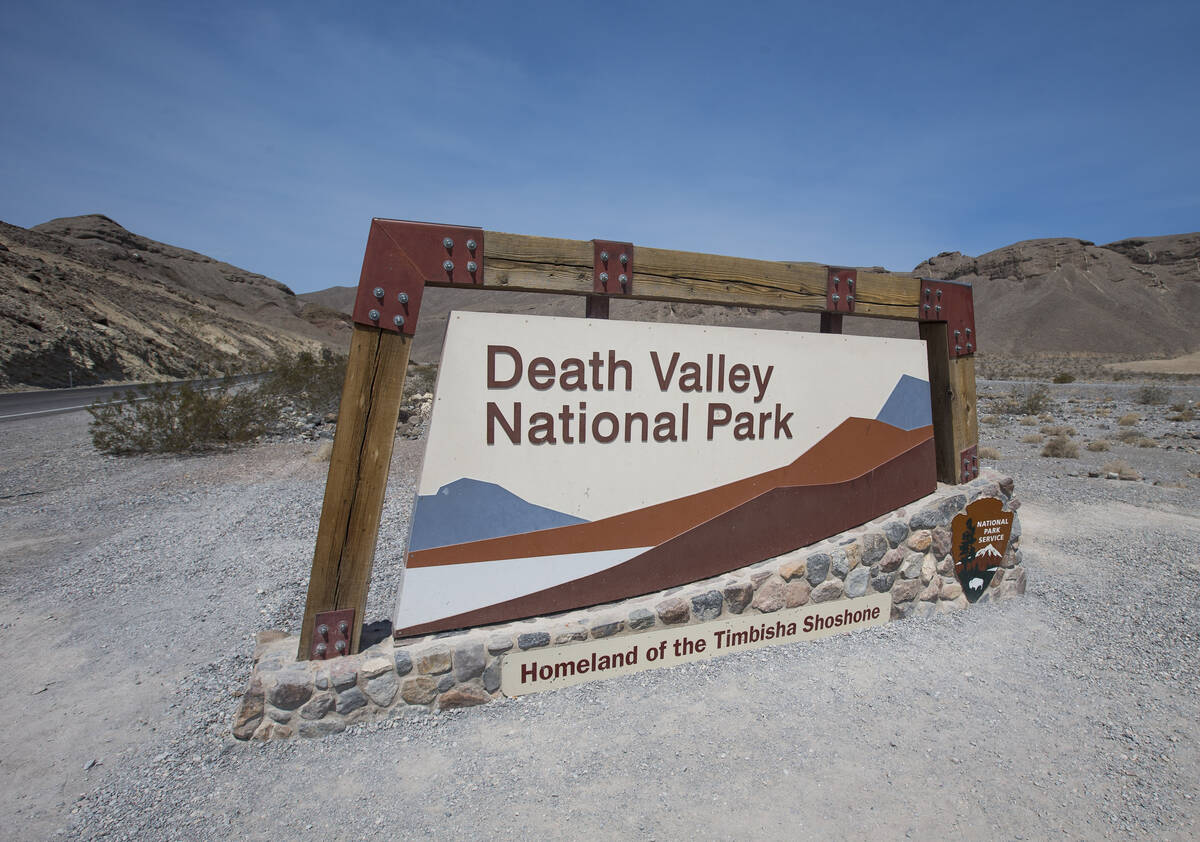Why Death Valley’s Native tribe dislikes the park’s name
It’s a menacing name, and not one that all who love it agree with.
Saying Death Valley National Park out loud conjures up images of an environment as extreme as the reality: hot, dry and deadly desert landscapes where water is the most scarce and precious of any resource.
Long before it became a national park in 1994, an April Fool’s Day advertisement from a 1907 mining camp newspaper made light of the name with the title “Would You Enjoy a Trip to Hell?”
But to many Timbisha Shoshone tribal members, the common name for their ancestral land isn’t an accurate representation of what it means to them.
“The term ‘Death Valley’ is unfortunate,” tribal elder Pauline Esteves said in a statement to Congress in 1999. “We refrain from talking about death. Instead, we refer to ‘one who it has happened to.’ Even more importantly, this is a place about life. It is a powerful and spiritual valley that has healing powers and the spirituality of the valley is passed on to our people.”
Tümpisa is one of the names they prefer, named for red ochre-colored earth. Esteves told Congress that the tribe believes its creator, known as Appü, placed the tribe at “tüpippüh,” or the homeland, at the beginning of time.
The federally recognized Native American tribe petitioned the federal government for multiple decades. That was until 2000, when it was awarded a 7,800-acre trust in and around the national park.
For decades prior, the federal government excluded the tribe from managing its homeland, including when it was designated as a national monument in 1933, according to an article from The Mojave Project. At the time, in a radio interview, John R. White, the superintendent who managed the monument and Sequoia National Park, called Native people “one of the problems” the park service would need to deal with going forward.
Of more than 300 registered tribal members, fewer than 50 live on the Death Valley Indian Community at Furnace Creek.
‘Goodbye, Death Valley’
Historians attribute the name to the Bennett-Arcan Party of 1849. It was anything but a party.
Having heard the news of the discovery of gold at Sutter’s Mill in California, dozens began their journey out west in search of wealth. A few years after the Donner Party resorted to cannibalism to survive a similar westward mission, a group braved the Old Spanish Trail and left Salt Lake City.
Splitting in two once they crossed into Nevada, the Bennett-Arcan Party went south to Mount Charleston in search of water. Eventually, both groups ended up in Death Valley.
William Lewis Manly — the namesake of Badwater Basin’s ephemeral lake — and John Rogers left the party and walked 300 miles to a camp to find supplies. The men returned a month later, leading two families out of Death Valley for 23 days until they reached Ranch San Francisco in Santa Clarita Valley.
Only one man died in the party. However, on his way out, one proclaimed, “Goodbye, Death Valley,” thought to be the genesis of a morbid name that stuck.
Today, in the visitors center exhibit, a quote from the Timbisha Shoshone Historic Preservation Committee sums up the Native position on the present-day name well.
“If the Manly Party, who travelled across our valley in 1849, had known our stories and trails, they would have found water and Tumpisa may not be known today as a Valley of Death,” the committee wrote.
Contact Alan Halaly at ahalaly@reviewjournal.com. Follow @AlanHalaly on X.




















